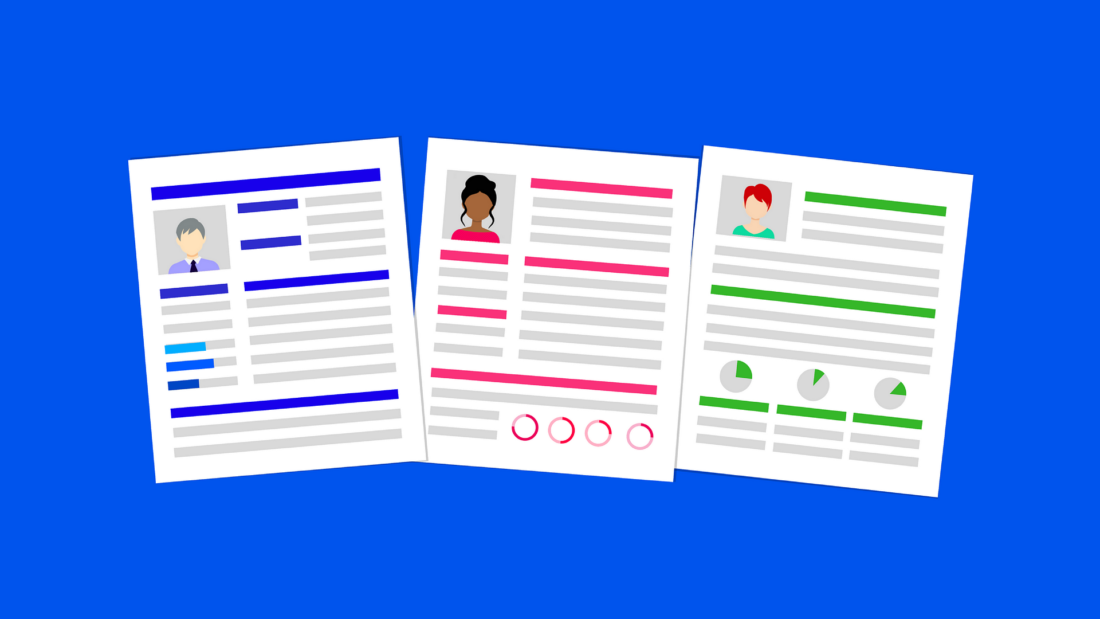What to Put on a Resume to Get You Hired in 2019
 A resume is your first step out into the job market. The way you structure it and what you put on a resume is the first impression that a potential employer is going to get from you.
A resume is your first step out into the job market. The way you structure it and what you put on a resume is the first impression that a potential employer is going to get from you.
On average, every job posting received 118 applications in 2012 – and of those applications, a recruiter is only expected to look at each of them for just 30 seconds.
This means that you don’t have space or time to waste. You need to be succinct, to the point, and descriptive – the best resumes are only a page or two long. You don’t have to put all of yourself into a resume (the interview is where you can expand on your background), but you do need to put your best parts of yourself in it.
If you know what to put on a resume, you can increase the chances that the next one you send out is the resume that gets you hired.
Contact Information
You should always include your contact information in a prominent location on your resume. It doesn’t need to be the first thing that a recruiter sees, but it does need to be easily available.
Not only will contact information ensure that a company can send you a follow-up email or call but having your address included means that recruiters know this is a legitimate application and not spam from people sending out mass applications on job boards.
Quantify Your Accomplishments
When describing your previous work experience, you need to give concrete examples of what you did. Don’t write that you maintained an online database of photos – say that you came up with a tagging system to navigate a database of over 20,000 multimedia items.
This allows employers to get an idea of the scope of your work, and makes you seem like a pragmatic doer.
Add Keywords Where Appropriate
You shouldn’t be sending the same resume to every single job posting that you find. While the bones can stay the same, you should update the descriptions of your duties to include keywords included in the posting itself.
This means that your resume will show up if they use a resume scanning software – something that 75% of all recruiters do.
Common keywords like communication, project management, time management, and so on are great, but if you’re applying to a tech job you want to make sure that you include the names of the programming languages that you know.
Above all, make sure that your descriptions still read naturally, because after you get past the software, there’s still a human recruiter looking at your application.
What to Put on a Resume When Listing Your Skills
Finally, when it comes to what to put on a resume, you should always have a section that lists your skills. Where you place it is up to you, but after your work experience is generally a good place to consider. Adobe Spark offers several free resume templates that provide different formats and structures that you can play around with.
The skills section is the opportunity to include any information that your job descriptions didn’t have space for. List all the software you have used, non-academic certifications and qualifications you may hold, and anything else that is relevant to the specific job you are applying to.
Improving Your Job Search
Of course, writing your resume is half the battle. After you’ve finished a killer resume, you still need to send it out to all your potential dream jobs – and to do that, you need to be looking in the right places.
Check out our guide on how to improve your job search to help you connect with the right opportunity to find more relevant opportunities and kick start your career.









